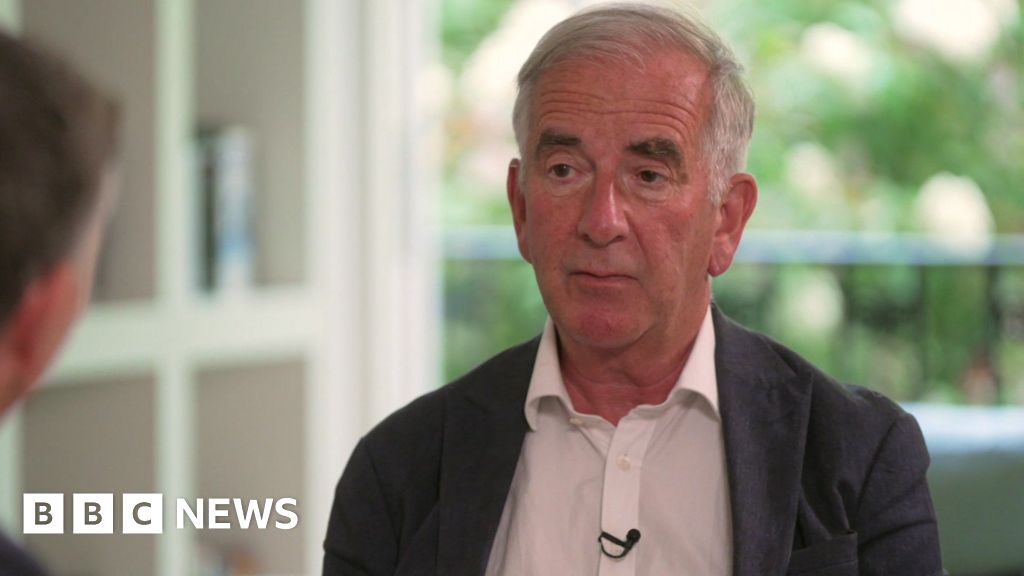The Conclave Process: A Lesson for Political Parties
The best-selling novelist Robert Harris says that the process of choosing a new Pope, known as a conclave, has a similar dynamic to the TV show The Traitors. Harris, who wrote the novel Conclave, which was adapted into an award-winning film, says that the program’s format, where "loyal" participants try to figure out who the "traitors" are among them, is similar to the conclave process.
A Surprising yet Effective Process
Harris explains that in a conclave, "suddenly everyone swings to one person – they can’t understand why, but it happens." He believes that this process, although surprising, often produces a good result. The author argues that political parties in the UK could learn from this process, which he describes as a "fairly brilliant device" for finding the right person to lead an organization.
The Conclave Process: How it Works
Only male cardinals under the age of 80 are eligible to participate in the conclave. The vote is carried out in complete privacy, with the result announced by white smoke emerging from a chimney on the roof of the Sistine Chapel. Harris suggests that political parties, who often hold open elections for their leaders, could benefit from a more private and selective process. He proposes that a small group of chosen individuals should gather to discuss and decide on a leader, rather than leaving it to a broader membership.
The Exclusion of Women
However, Harris also criticizes the Catholic Church’s exclusion of women from the priesthood and the conclave process. He finds it strange that women are given a secondary role in the Church, despite making up a large proportion of its followers. Harris asks, "Can a demanding religion really go into the future and further into the future with such a large body of followers with such a secondary, humiliating role for women?" He believes that this exclusion is outdated and that women should have a greater role in the Church.
A Vital Female Voice
In his novel, Harris created the character of Sister Agnes, a nun who speaks out at a crucial moment in the conclave. He wanted to include a female voice in the story and felt that Sister Agnes was a vital creation. Harris explains that he wanted to find a way to get the female voice into the process, and the only way to do so was to include a character who served the cardinals during the conclave.
Researching the Vatican
Harris was able to research the Vatican and the conclave process during the writing of his novel. He was given permission to visit parts of the Vatican and was even allowed to walk the corridor to the balcony where the new Pope appears to the crowd on St. Peter’s Square. Harris describes this experience as "breathtaking."
A Brilliant Device
Harris believes that the conclave process is a "fairly brilliant device" for finding the right person to lead the Church. He thinks that it is a spiritual, human, and political drama all intertwined, and that it is as dramatic as reading a will. After the publication of his novel, Harris was even asked to give a copy to Pope Francis, although he doesn’t know if the Pope ever read it.

